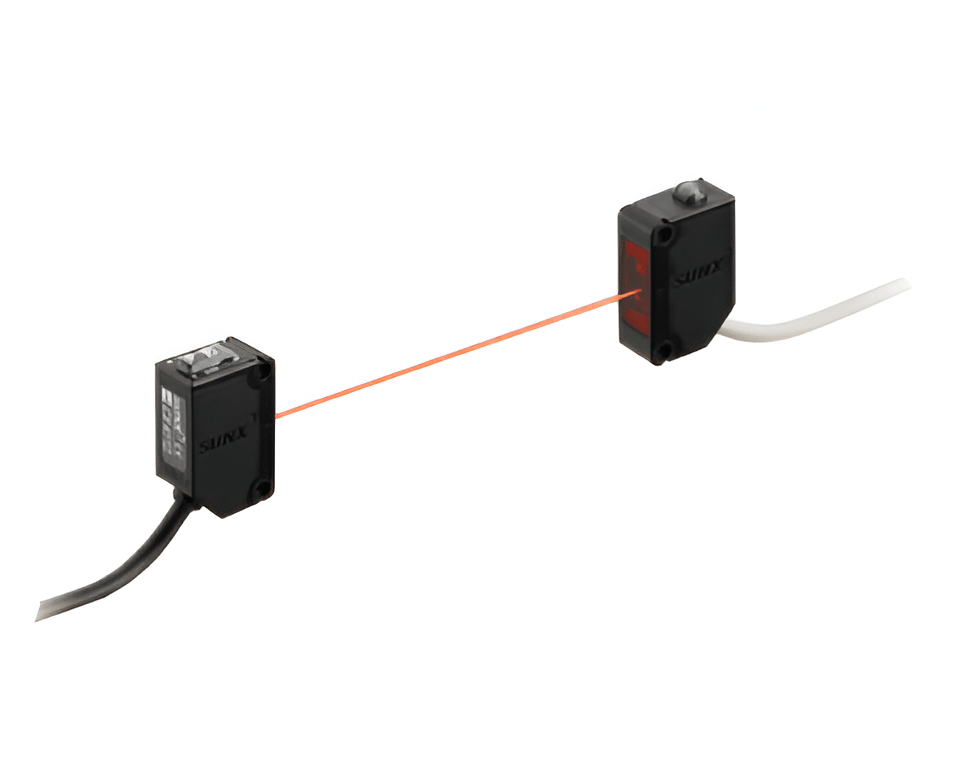Panasonic CX-412-P-J Sensor: A Reliable Solution for Industrial Automation
The Panasonic CX-412-P-J sensor is a high-performance industrial sensor designed to enhance automation and efficiency in heavy-duty applications. Offering a long detection range, fast response time, and robust build, it is an essential tool for modern manufacturing and quality control systems. This article explores the CX-412-P-J sensor’s specifications, applications, and troubleshooting, providing insights into its advanced features and benefits.
Specifications of the Panasonic CX-412-P-J Sensor
The technical specifications of the CX-412-P-J sensor highlight its ability to meet demanding industrial needs:
- Detection Range: Up to 40 meters for versatile application
- Response Time: Less than 1 ms, ensuring quick and accurate detection
- Power Supply Requirements: Operates within a 12V-24V DC range
- Output Type: NPN/PNP transistor output for compatibility with multiple systems
- Protection Rating: IP67, providing resistance against dust and water
Industrial Applications of the CX-412-P-J Sensor
The CX-412-P-J sensor is widely used across various industrial applications, including:
- Object detection and positioning in manufacturing lines
- Real-time monitoring in automation systems
- Quality control for detecting defective products
- Proximity sensing in safety and security applications
- Item counting and verification in logistics and packaging
Its reflective sensing technology ensures accurate and consistent performance, even in dynamic environments.
Installation Guide and Connectivity Options
The installation process for the CX-412-P-J sensor is simple and user-friendly. With detailed instructions included in the installation guide, setting up the sensor for optimal performance is straightforward. The sensor supports multiple connectivity options, including NPN/PNP configurations, allowing seamless integration with existing industrial systems.
Advanced Features: Long Detection Range and Sensitivity Adjustment
The long detection range of the CX-412-P-J sensor extends up to 40 meters, making it suitable for both short- and long-range applications. Its adjustable sensitivity feature allows operators to fine-tune its detection capabilities, ensuring precision and reducing false triggers. This adaptability makes it ideal for diverse industrial tasks, from small component detection to large object monitoring.
Reliability and Durability for Heavy-Duty Applications
Engineered for heavy-duty applications, the CX-412-P-J sensor boasts a durable design and an IP67 protection rating. This ensures resistance to harsh conditions such as dust, water, and extreme temperatures, making it suitable for factories and other demanding environments. Its reliability reduces downtime, enhancing overall operational efficiency.
Troubleshooting and Operational Stability
The CX-412-P-J sensor includes features for easy troubleshooting, helping users quickly identify and address issues like misalignment or signal inconsistencies. Its robust design ensures consistent operational stability, even in high-stress or high-speed industrial environments.
Why Choose the Panasonic CX-412-P-J Sensor?
The Panasonic CX-412-P-J sensor stands out for its advanced features and exceptional performance in industrial automation. Key benefits include:
- High-speed detection with less than 1 ms response time
- Long detection range for versatile application
- Durable design for harsh industrial conditions
- Simple installation and flexible connectivity options
- Reliable performance for quality control and automation systems
Conclusion: Enhance Industrial Efficiency with the CX-412-P-J Sensor
The Panasonic CX-412-P-J sensor is a reliable, high-performance solution for improving automation, manufacturing efficiency, and quality control. With features like a long detection range, fast response time, and robust construction, it is an ideal choice for modern industrial setups. Order the CX-412-P-J sensor today and experience the benefits of advanced industrial-grade sensing technology.
What is a Photoelectric Sensor?You can read our blog post.
Optimizing Automation with the CX-412-P-J Sensor
The Panasonic CX-412-P-J photoelectric sensor is not just a detection device—it is a solution that enhances overall automation efficiency. By providing reliable object detection at high speeds, it minimizes errors and ensures smoother workflows. This efficiency translates into higher productivity, reduced waste, and consistent product quality, making the sensor a valuable component in competitive industrial environments.
Long-Term Value Through Durability
One of the standout qualities of the CX-412-P-J is its rugged construction. Built with an IP67 protection rating, the sensor withstands exposure to dust, water, and temperature variations. This resilience reduces the frequency of maintenance and replacements, lowering operational costs. As a result, businesses benefit from both reliable performance and long-term cost savings.
Expanding Use Cases Across Industries
While widely adopted in automation lines and manufacturing plants, the CX-412-P-J sensor is also increasingly used in logistics, packaging, and safety systems. Its ability to adapt to different detection ranges and environmental conditions makes it a versatile tool across multiple sectors. From identifying small components to monitoring larger assemblies, this sensor delivers consistent results that drive efficiency across industries.

